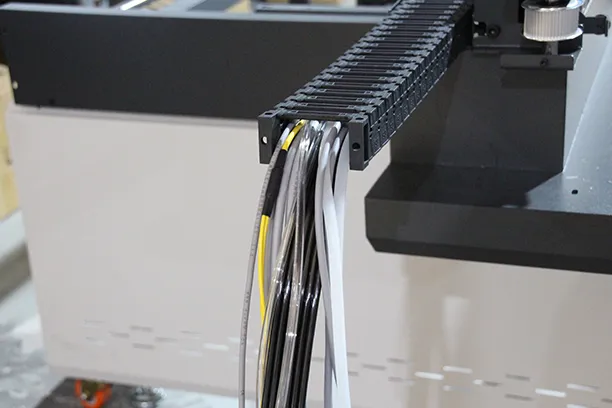Vyhněte se, že váš dotaz je zpožděná odpověď, zadejte prosím svůj WhatsApp/WeChat/Skype spolu se zprávou, abychom vás mohli kontaktovat úplně poprvé
Odpovíme vám do 24 hodin. V naléhavém případě přidejte WhatsApp: +86 17864107808, nebo WeChat: +86 17864107808. Nebo volejte +86 17864107808 přímo.
*Respektujeme vaši důvěrnost a všechny informace jsou chráněny. Vaše údaje použijeme pouze k odpovědi na váš dotaz a nikdy nebudeme posílat nevyžádané e-maily nebo propagační zprávy.
UV direct-to-substrate printing technology is transforming the printing industry with its cutting-edge innovation, unmatched versatility, and ability to deliver stunning print quality on a wide range of materials. If you’re looking for a printing solution that combines speed, precision, and durability, UV printing is a customization option you can’t ignore. In this article, we’ll explore the advantages of UV printing, why it’s superior to traditional methods like screen printing, and how investing in a UV printer can revolutionize your business.
UV printing technology je a digitální tisk method that uses ultraviolet (UV) light to cure or dry UV inkoust instantly as it is applied to the printing surface. Unlike traditional printing methods, which often require heat or air drying, UV printing relies on a UV lamp to harden the ink almost immediately. This innovative printing process ensures sharp, vibrant, and durable prints on virtually any material, including metal, glass, wood, and plastic.The printing method involves three primary components:
This fast and efficient printing process makes UV printing ideal for high-quality, high-volume production.

If you’re wondering why businesses are increasingly opting to use UV printing, here are some compelling reasons:
By choosing UV printing, you gain access to a printing solution that’s both efficient and sustainable.
When evaluating UV printing vs. screen printing, several factors come into play:
In summary, UV printing outshines screen printing in terms of print quality, speed, and adaptability.
The benefits of UV printing include:
Additionally, UV printing offers the ability to print onto irregular or textured surfaces, opening up endless possibilities.
One of the standout features of UV print technology is its compatibility with various materials. These include:
The versatility of UV printing makes it a go-to solution for businesses spanning multiple industries.

UV printing is widely used across industries, including:
The advantages of UV direct-to-object printing make it indispensable for businesses looking to stand out.
UV inkoust plays a crucial role in the UV printing process. Unlike traditional inks, UV inks are designed to cure instantly under UV light, ensuring:
This makes UV printing work seamlessly on challenging materials like metal and glass.
Flatbed UV printers are a cornerstone of modern UV print technology. These printing machines stand out due to:
For example, the Velká plochá UV tiskárna SN-2513G offers unparalleled print quality and adaptability.

Alt text: SN-2513G Large UV Flatbed Printer showcasing high-quality printing capabilities.
Before you invest in a UV printer, consider the following:
For businesses seeking the best UV printers, models like the Velká plochá UV tiskárna SN-2513G6 a SN-1000 UV Flatbed Printer are excellent choices.
UV printing may have higher upfront costs but offers long-term savings due to faster production, reduced waste, and lower operating costs.
Can UV printing be used for 3D printing?
While UV printing doesn’t create 3D objects, it can add raised textures and layers for a three-dimensional effect on flat surfaces.
UV-printed items are highly durable, with resistance to fading, scratches, and environmental factors, making them suitable for long-term use.
Consider factors like material compatibility, production volume, and budget. Models like the SN-2513E Large UV Flatbed Printer are versatile and reliable.
Ready to take your business to the next level? Explore our range of UV printers here.